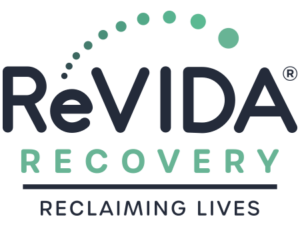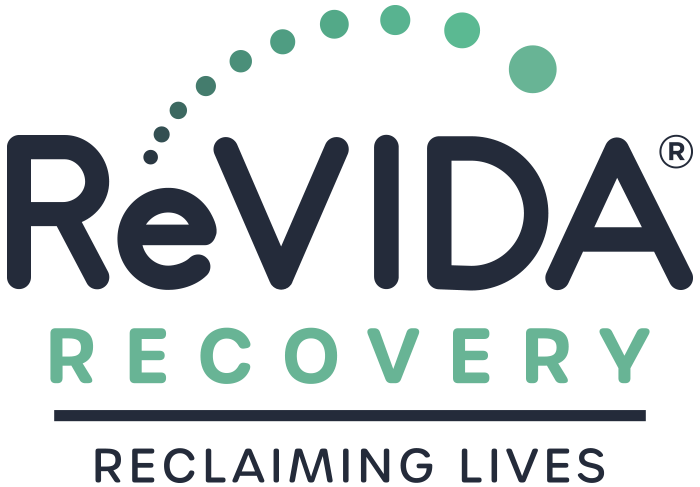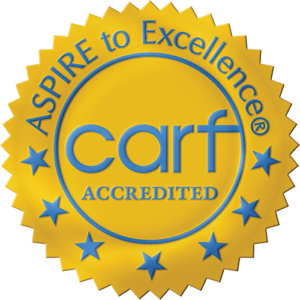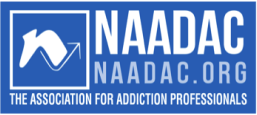
You come home from work, and the scent of something vaguely medicinal fills the air — a common smell when your son and his friends hang out in the basement. You find plastic cups in the trash, with purple droplets scattered at the bottom. You hear them laughing about “lean”, and Google search what the word means. The results terrify you.
What is lean codeine? Also known as “purple drank” or “sizzurp”, lean is a mixture of prescription-strength cough syrup, soda, and often hard candy. Popularized by various music subcultures, this typically purple-colored drink has become a widespread party drug. Despite its relatively simple recipe, the active ingredients in lean – codeine and promethazine – are medical-grade drugs that cause a variety of unpleasant, and sometimes dangerous, side effects.
In 2022, there were nearly 2,500 overdose deaths in the state of Virginia. These numbers have risen over the last few years, along with the increasing popularity of opioids and other party drugs like lean. At ReVIDA® Recovery, we believe that understanding the effects, risks, and potential impact of lean will help keep you and those you love safe. This is why we take a comprehensive approach to recovery, offering not just treatment, but additional assistance, from education to housing assistance and job searches.
Table of Contents
What Is Lean?
Lean is a combination of cough syrup, soda, and candy. This creates a thick, sweet, typically colorful drink. The codeine in the cough syrup is an opioid, and acts like many other narcotics. These syrups have another active ingredient: promethazine. This drug can create a feeling of drowsiness or sleepiness. Together, these create the feeling of a “relaxed high” from lean, but can also pose significant risks.
Lean’s prevalence as a party drug means it has several street names that can be used instead. Phrases like “purple drank” refer to the color from the candies that are mixed into the drink. Other titles, like “dirty sprite” focus on its ingredients, as lean is often made with sprite or other sodas. Its glamorized nature in pop culture has made it especially popular among teens and young adults.
If you hear your child or loved one using this language, it may refer to lean:
- Purple Drank
- Sizzurp
- Texas Tea
- Dirty Sprite
- Barre
Differences Between Lean and Other Forms of Codeine
It’s important to make the distinction between lean and other forms of codeine. While all lean contains codeine, not all codeine is used to create lean.
Codeine is generally prescribed for pain management or severe coughing. This can be through either cough syrups or pills containing the drug. Once in the body, codeine is converted into morphine, a pain-relieving opioid. This works by binding to the opioid receptors in the brain, limiting activity in the areas responsible for feeling pain. These same areas also send the signal to the lungs to cough, and makes codeine an effective cough treatment.
Lean includes codeine, but is something entirely distinct. Lean’s ingredients of candy and soda can give it a far more appealing taste. Additionally, codeine isn’t the only active drug in lean – it also includes promethazine, a strong antihistamine. Promethazine generally increases feelings of sleepiness, but can also decrease any sense of nausea.
This is a particularly concerning pairing, as lean is often consumed in social settings where drinking is common. Being able to drink even more without feeling sick is a dangerous combination. Additionally, one of the side effects of codeine is nausea – by mixing with the promethazine in many cough syrups, this allows individuals to drink more lean than they otherwise could, which can lead to accidental overdose.
Lean and Codeine Addiction
The active opioid in lean – codeine – is closely regulated by doctors and pharmacists. However, even when taken as prescribed, addiction can occur.
As an opioid, codeine comes with a risk of physical dependence. As the brain becomes used to the levels of codeine, it requires more and more of the drug to get the same effects. This is known as building tolerance. When used outside of medical settings, the amount of codeine can increase rapidly to match this tolerance, leading to far greater and more dangerous doses than what a doctor would safely prescribe.
The psychological aspects of addiction may be even more prevalent with lean. It’s often seen as a way to relax with friends, which can make recognizing a growing dependence difficult to treat, or even acknowledge. Navigating these challenges can sometimes require professional assistance. There are many options available for those seeking assistance with codeine or lean addiction.

Side Effects of Using Lean Codeine
Lean has many possible side effects. These range from short term and obvious, to long-term and potentially hidden. The side effects of lean can have far-reaching impact across relationships, work, and health. This section will list several of the more common codeine side effects, but cannot cover them all.
It’s important to note that many of these side effects can pose significant health risks, especially if combined with other substances such as alcohol. If a loved one is nonresponsive or stops breathing, please seek immediate medical attention.
Physical Side Effects of Lean
Short-Term Side Effects
- Poor coordination and slowed reflexes
- Slowed breathing and heart rate
- Gastrointestinal distress
Long-Term Side Effects
- Infertility
- Heart problems
- Liver and kidney damage
Psychological Side Effects of Lean
Short-Term Side Effects
- Drowsiness, sleepiness, exhaustion
- Impaired judgment
- Euphoria and Hallucinations
Long-Term Side Effects
- Increased anxiety and depression
- Insomnia
- Cognitive decline and memory problems
What Lean Addiction Looks Like
There are key things to look out for that may indicate that your loved one is living with a substance use disorder. Identifying the signs can be the first step toward helping them get the help they need.
The signs of addiction can take many forms, and show itself in many ways. Often, the side effects caused by the substance will be present and noticeable. Lean is often accompanied by a sense of deep relaxation. Your loved one may suddenly spend most of their day laying around, unresponsive. Persistent sleepiness and stomach-problems may occur as well. Pay close attention to changes in physical appearance or hygiene, as these can slowly deteriorate as dependence begins to form.
Additionally, lean can cause mood swings. These can vary from euphoria and giddiness to intense anger and irritability. Depression may also develop, alongside a sense of restlessness and anxiety. Your child may suddenly spend more time going out to parties and acting secretive. Socially, they might withdraw from their previous friends, family, and hobbies.
Lean Withdrawal Symptoms
As the use of lean continues and increases over the long term, the body can become more and more dependent on the underlying drugs. When lean isn’t present in the body, the brain sends out distress signals to show that it needs more. This is known as withdrawal, and can come alongside many painful and uncomfortable symptoms.
Remember, the severity and duration of codeine withdrawal symptoms can vary greatly, depending on how long you’ve been using lean, the amount you drink, and other individual factors. Withdrawal symptoms can appear as quickly as 6 hours after your last dose, or up to several days later. These may grow stronger with time. If symptoms persist or continue to strengthen, it is recommended to detox in a medical facility.
Typical Withdrawal Symptoms
- Stomach cramps, vomiting, and diarrhea
- Flu-like symptoms, runny nose, and fever
- Headaches, difficulty focusing, exhaustion
- Insomnia, restlessness
- Anxiety, mood swings, and depression
- Intense cravings for lean

Treating Lean Addiction in Virginia
Lean is a drug that, at first glance, can seem innocent. It’s just a purple drink, something you take when you relax with your friends. Over time, though, you can find yourself drinking more, and more. No longer just enjoying the taste, but needing it to relax. It might seem impossible to imagine life without that purple drink, but it’s important to know that you can move forward without it. Your life is more than a dependence on any drug. A personalized codeine addiction treatment program from ReVIDA® Recovery can help.
One of the first steps toward recovery is seeking help and treatment for codeine, and you are not alone. At ReVIDA® Recovery, our goal is simple: we will help you reclaim your life. We focus not just on helping you with any substance use disorder, but on getting your life back into your own hands. We can help you find a job, apply for aid, housing services, and more. Our facilities are located throughout Tennessee and Virginia, and we believe in working together to discover a treatment plan that works for your life. If you would like to know more, please call us today at 423-631-0432 to learn more about how we can help.








